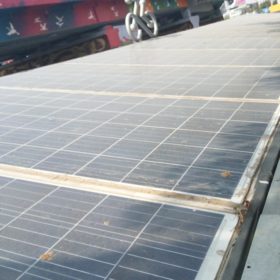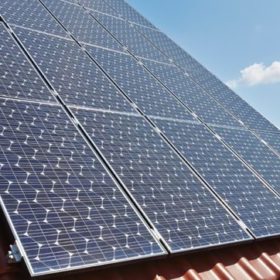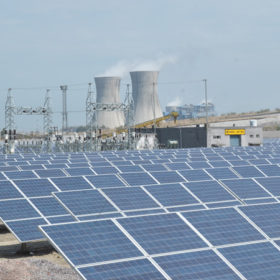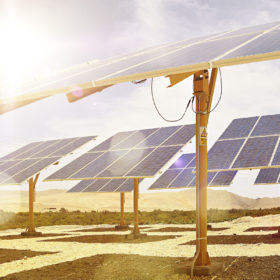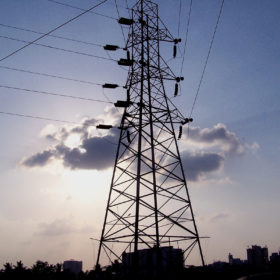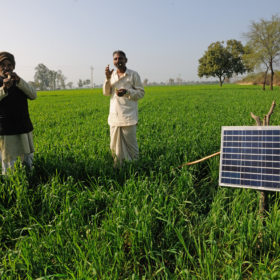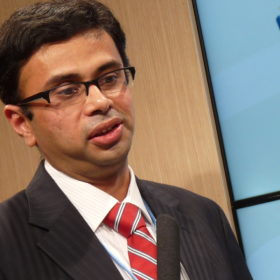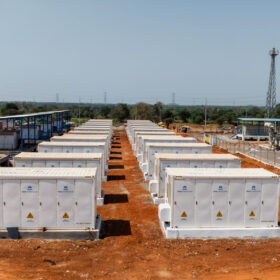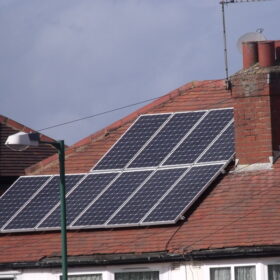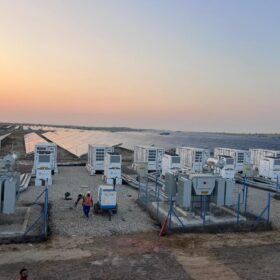No construction permits without solar in one town in Telangana
The municipal council of Karimnagar has mandated rooftop solar on new buildings of a certain size as part of the Ministry of New & Renewable Energy’s Smart City Mission, which requires 10% of municipal energy to be generated from solar.
Phase II of Rooftop Solar Scheme approved
The President of India has sanctioned financial outlay of Rs 11,814 crore for phase II of grid-connected rooftop solar programme to achieve ‘40 GW by 2022’ target.
Solar capacity addition to slow down till FY2019-20: Crisil
While commissioning is expected to slow down in FY 2018-19 due to the impact of the safeguard duty and GST issues, FY 2019-20 is weak due to delay in auction as several tenders got delayed/cancelled. However, FY2019-20 onwards, solar capacity additions are expected to pick up due to several factors including subsiding/removal of the safeguard duty (which would ease cost pressures).
25.75 GW farmland renewable with Rs 34,422 crore support approved
The President of India has approved total central financial support of Rs34,422 crore for the Kisan Urja Suraksha Evam Utthan Mahaabhiyan (KUSUM) rural solar scheme. Through the scheme, the government aims to add solar and other renewable capacity of 25.75 GW by 2022.
Solar made up 50% of India’s new power capacity in 2018
The level of new solar capacity – 8,263 MW – however, was 15.5% down from the 9,782 MW added in 2017 owing to safeguarding duty and GST taking a toll on large-scale PV. While utility-scale solar declined 23% year-on-year, rooftop PV remained a bright spot, and registered impressive growth of 66%.
Government approves Rs46,000 crore for KUSUM and rooftop solar
The government of India has approved central financial support of more than Rs46,000 crore by 2022 to promote solar among farmers and in the residential sector. The KUSUM scheme for farmers has been allocated Rs34,422 crore and the rooftop solar program Rs11,814 crore.
Hybrid solar container system launched for off-grid markets
The PV system was launched recently by The Energy and Resources Institute (TERI), in partnership with STEAG Energy Services. It can provide 24-hour electricity even without grid connection, and is expected to generate around 10,000 kWh annually.
Lobby group demands expansion of net metering in Uttar Pradesh
The National Solar Energy Federation Of India says the recent decision to exclude commercial and industrial premises, as well as public buildings, from self consumption remuneration unfairly penalizes businesses and public bodies which have gone down the solar path.
India will add 11.4 GW of solar capacity annually: S&P Global
Owing to the general elections this year, little progress on the policy front is expected in the near term, according to the report.
The long read: PV’s Polish cold turkey
Considering the remarkable advances made by the solar sector since the Rio ‘Earth Summit’ of 1992, PV was notable by its absence at the Convention of Parties climate change summit held by the UN in Poland.
